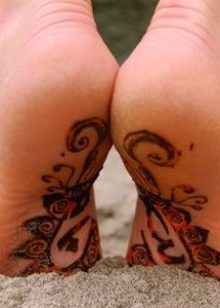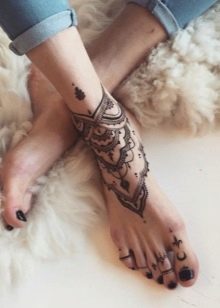Indian tattoo
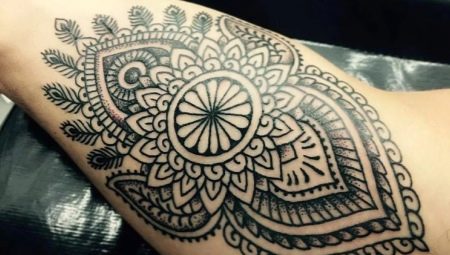
Indian style tattoos have always been in trend. The images of nature, patterns and colors are eye-catching and set the person apart from the crowd.
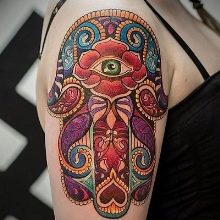

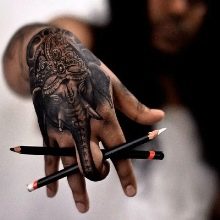
Meaning
Tattoos are a distinctive art form that has deep roots in ancient Indian culture. Men and women wore drawings as totems. Tattoos had a deep symbolic meaning for them. Indian tattoos are not only about mehendi and bindi. The first is understood as a whole technique, which involves painting the body with patterns. It is usually used in wedding ceremonies. It is popular to this day, as it is considered an integral part of the culture of India.
The dot on the forehead is bindi. It is applied to married women and involves opening the third eye. In addition, bindi symbolizes well-being and happiness.
You need to understand that if in Europe a tattoo in the style of Indian culture is just a beautiful filling of the body, then in India there is a special attitude towards drawings.


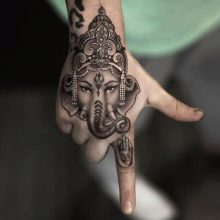
You can often find inscriptions on the human body. As a rule, they express a position in life, an attitude towards something. If it is Sanskrit, then it is always a spiritual component. You can find the tattooed sound Om on the body. According to the teachings of Indian monks, it was he who became the progenitor of our universe. Such a drawing protects a person from misfortune and failure. The round figure, resembling a reduced copy of the Universe, is a mandala, a talisman, the meaning of which is in the spiritual integrity of a person.
In Indian culture, it is not uncommon to find an image of a hand with a bent thumb and little finger. In India, such an image is called Hamsa or the hand of God. This is a powerful talisman, it is designed to protect a person not only from damage and the evil eye, but also from diseases. If the drawing is worn by a woman, then she thus wants to attract happiness to herself.In the culture of India, the lotus flower is also of particular importance. This is a kind of connection between the living and the dead, light and darkness. When applying such a pattern, a person finds harmony within himself.
Among Indian tattoos, there are also sacred animals - these are cows and elephants. As a rule, they are involved in the plot of a large tattoo applied to the human body.

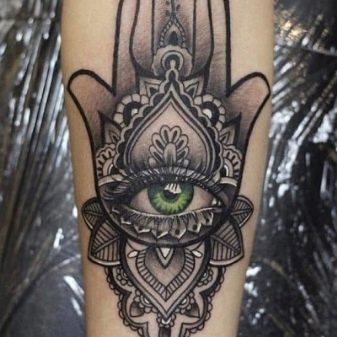
Special relationship to deities. India is also called the country of a thousand religions. Among the deities most often applied to the human body are:
- Buddha;
- Shiva;
- Durga;
- Brahma;
- Krishna;
- Ganesha.
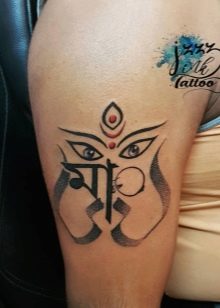
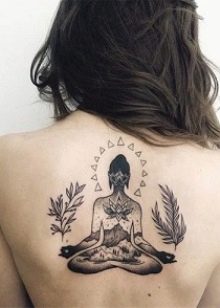
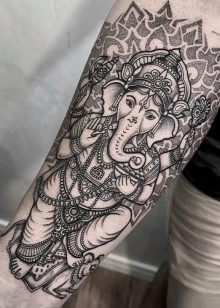
If you go back to the history of Ancient India, then any drawing on the body was a talisman, for this it was applied. There were also such tattoos to which magical properties were attributed. For example, women used drawings to attract love and preserve family relationships. When interpreting the underwear pattern, the colors used must be taken into account.
If it is a war tattoo or a drawing, the meaning of which is victory in a competition or battle, then red was always used. If the tattoo is blue, then we can talk about the difficulties that we had to face. That is why it is so important to pay attention to the color when performing a particular pattern. If red is chosen as the main one, then it always speaks of a person's strength, courage.
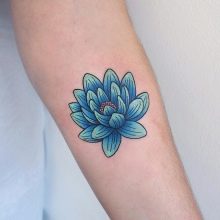

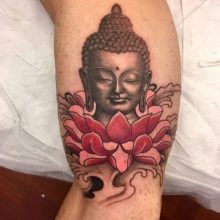
Henna tattoos are considered exclusively female in Indian culture.... They were used to decorate women's legs, more precisely, feet and ankles, palms, and sometimes shoulders. These are, as a rule, floral ornaments; the composition may include images of animals and birds. Ethnic patterns were especially popular. The techniques used were kept in strict secrecy and passed down from generation to generation, therefore, clan tattoos were often used to decorate.
The contemporary Indian art of tattooing is alive and well, and is being mastered all over the world. Popularity is not diminishing due to the beauty of the ornaments and the variety of techniques. Few masters can perform intricate patterns; some techniques, as the art historians of the East admit, have been lost. You need to understand that in Europe tattoo artists use different methods of drawing than those that are used today in India.
Now henna is no longer used as a paint, tattoos become indelible and remain for life, so it is worthwhile to approach the choice of a drawing consciously.
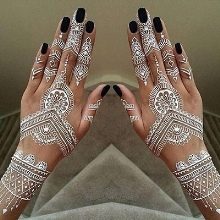
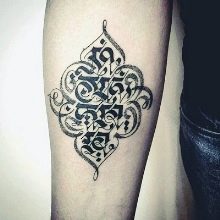
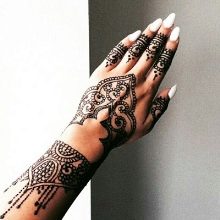
Male and female sketches
All Indian style tattoos can be roughly subdivided into female and male tattoos. Indian women often use patterns, symbols, signs and ornaments to decorate the body. Very popular in India and outside Hindi. Men have a completely different theme. These are mainly gods, whole storylines, inscriptions and amulets.
Indian tattoo themes are varied. Often men put the elephant Ganesha on the body. The back or side is considered ideal. The image of a lotus is considered a powerful talisman. It is applied not only by women, but also by men, since the technique of execution can be varied. Another equally popular tattoo in India is the Sun. He is depicted in different ways, but such a drawing always carries a special sacred meaning.
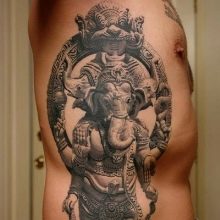
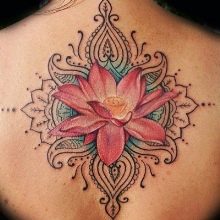
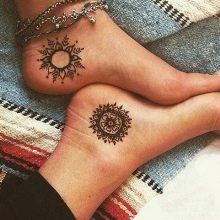
Where can you apply?
Indian style tattoos look good on the arms. A sleeve is formed from the patterns, which completely encircles the arm. You can also get such a tattoo on your leg, where it will look no less attractive. Some welcome hidden drawings. These are easy to do on the human body; in this case, the oral cavity is used as a canvas. It is difficult to see a tattoo on the tongue, but for a person it carries a special, usually sacred meaning.
It is very much in demand today to apply drawings to brushes. Beautiful Indian finger tattoos are often found. It should be understood that it is unacceptable to apply images of deities on parts of the body below the waist, since this is a direct insult to the religion of this people. There was a case of a student who came to the country from Australia. He had on his body the image of the goddess Yellamma, which was located on his leg. He and his companion were taken to prison for such an insult. They were released only after the guy apologized in public and promised to cover up the tattoo.
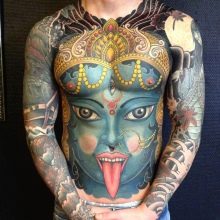
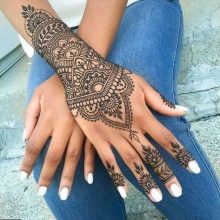
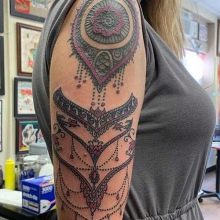
If we talk about mehendi, then these drawings are applied to:
- palms;
- feet;
- shin;
- ankles;
- forearms.
Other parts of the body work as well. As with the rest of the symbols, there are no prohibitions.
